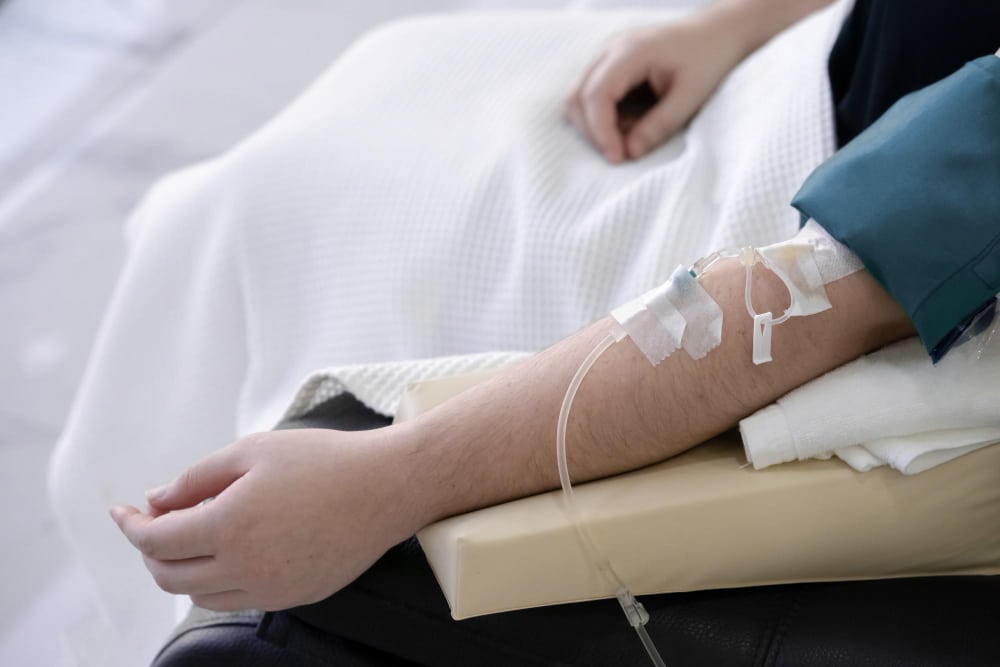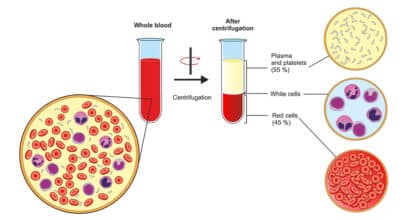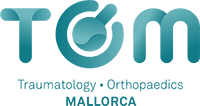Platelet rich plasma (PRP)

Mode of action
After an injury the body’s own growth factors induce a healing process that leads to full recovery in a timely manner. However, situations can arise in which the internal healing stimulus after injury is not sufficient to initiate adequate regeneration or an inflammatory reaction gets out of hand and becomes chronic. Through therapy with PRP, your own growth factors (e.g. IGF, EGF, TGF, PDFG, VEGF) are applied in high concentration to the injured area in order to initiate a normal healing process there.
Indication
- Conservative therapy of arthrosis (degenerative joint disease with cartilage damage)
- Injuries and disorders to muscles and tendons
- as a supplementary therapy for operations on tendons and ligaments
Procedure
The obtained PRP is injected into the lesion site under strictly sterile conditions. Most frequently, up to 3 injections are carried out at intervals of one to four weeks.

Alternatives / Worth knowing
Alternatively to PRP, a therapy with hyaluronic acid can be used to treat arthritis. The scientific data is not yet clear here. Hyaluronic acid therapy remains the first choice in your own practise and PRP treatment is carried out if there is no improvement under HA.
Neither hyaluronic acid nor PRP have been shown to cause articular cartilage to grow.
Cortisone is not a drug for a causal therapy of osteoarthritis and can even damage the existing cartilage if used frequently in high doses. However, cortisone might still be used to reduce acute inflammation and pain. In advanced stages of arthrosis, cortisone can exceptionally be used to reduce pain.
PRP is superior to hyaluronic acid for the treatment of tendons and ligament disorders.
